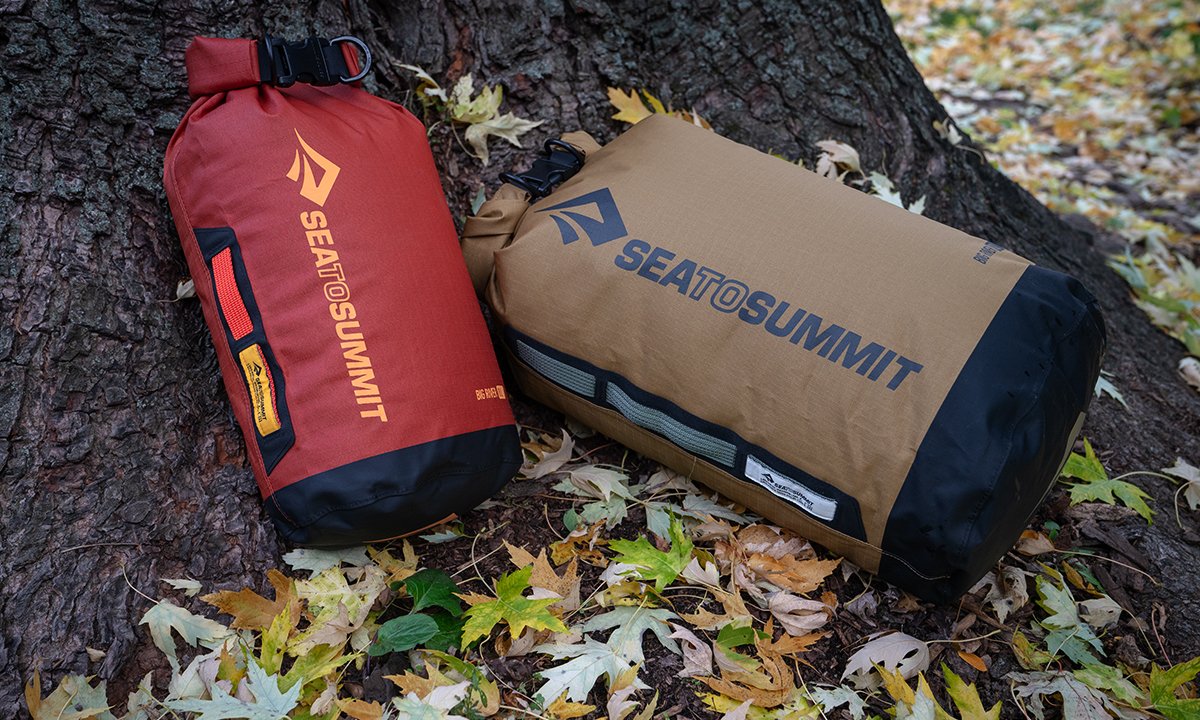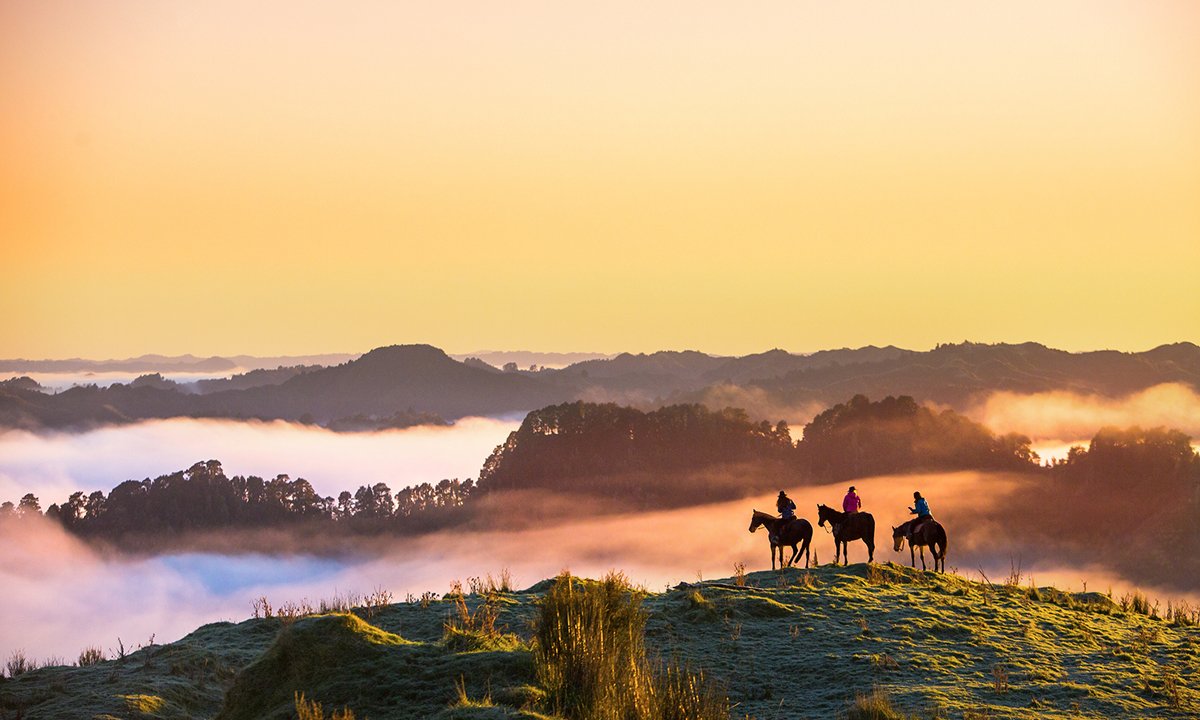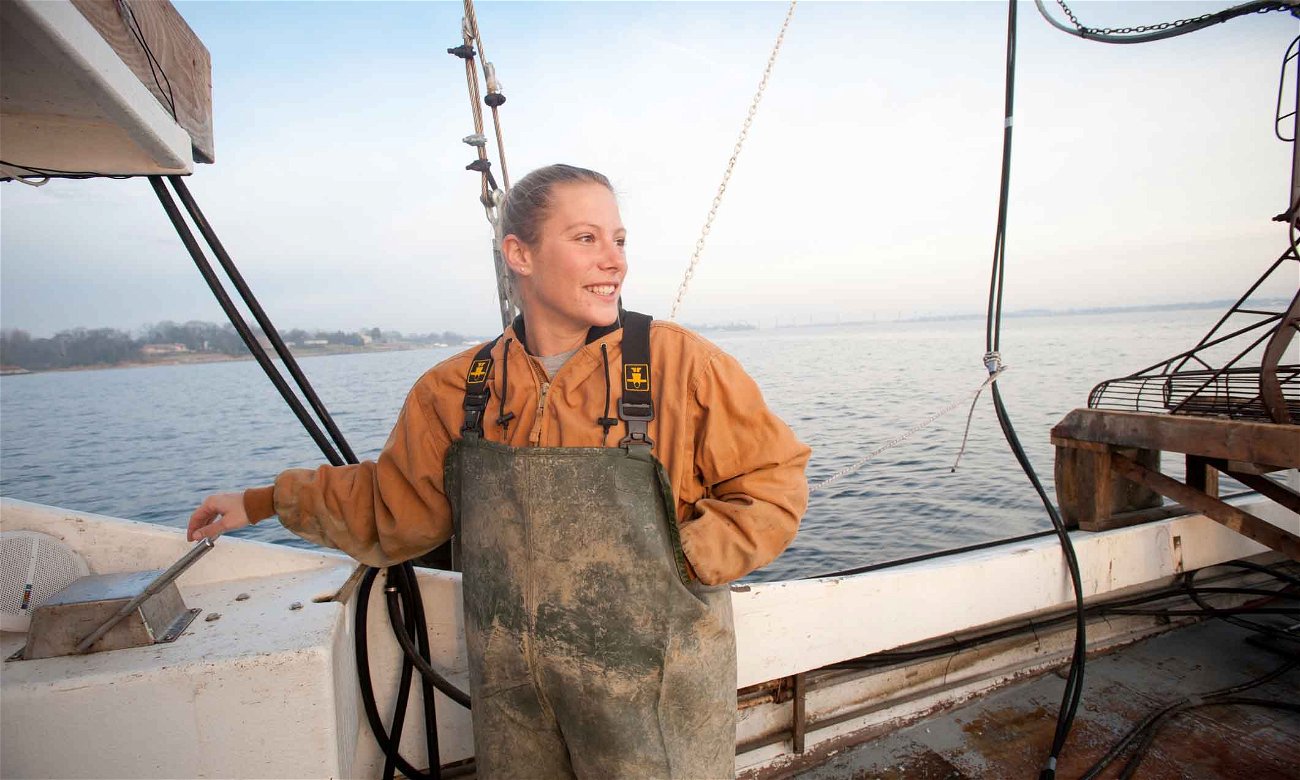Just because the days are shorter and the weather chillier doesn’t mean you have to hang up your rock shoes for the season. In fact, many of the world’s hardest rock climbs—like Tommy Caldwell’s Dawn Wall and Margo Hayes’s ascent of La Rambla—have been completed in winter. That’s because cold temperatures actually improve the friction between your skin and the rock. Most climbing-shoe rubber is also optimized for colder temperatures.
Videos by Outdoors
Of course, to take advantage of those high-performance conditions—and avoid racking up too much couch time this season—you have to know how to keep warm in chilly temps. Here’s how to outsmart winter and keep climbing all year round.
1. Seek warmer rock
Tons of crags are only climbable in fall and winter. El Portero Chico in Mexico and many of the walls near Moab, Utah, are good examples. If you can, take the opportunity to climb somewhere you wouldn’t get a chance to visit another time of year. Often, just driving one state south can make a big difference in the conditions.
2. Climb south-facing walls
Traveling to climb isn’t an option for everyone. Fortunately, you can find great winter climbing conditions in plenty of colder climates by searching out south-facing walls in the Northern Hemisphere. In the winter, the sun rises and stays in the south for much of the day, so walls that face south tend to catch and absorb solar radiation. You can use Google Earth to identify south-facing cliffs, or try looking for a guidebook entry or Mountain Project listing for your local crag. Many guidebooks have data on each wall’s aspect and what time it tends to go into the sun.
3. Bring belay pants
You might know to bring a giant belay parka and gloves for colder temperatures, but fewer climbers know about belay pants. Ice climbers and winter sport climbers are notorious for toting around a pair of puffy pants—essentially a down jacket for your legs—which have often been described as a life-changing piece of gear for cold-weather climbs. Even just pulling an old pair of sweatpants over your climbing pants can make a massive difference in your heat retention.

4. Be creative with hand warmers
If you’re prone to cold hands, try this trick: Before you leave for the trailhead, open two packets of disposable hand warmers. By the time you get to the crag, they should be approaching their maximum temperature. Stick the warmer packets in your chalk bag before you start climbing. Every time you reach back for a dip of chalk, you can take a moment to hold the packets and warm up your fingertips.
5. Do a pre-climb warmup
So much of climbing depends on the strength and pliability of your finger tendons. The best way to injure a tendon is to start trying hard before you’re properly warmed up. In the winter especially, you should always strive to do a proper and complete warmup before you get on the wall. Try running down the trail, doing jump squats, or bouldering on big holds near the ground. Don’t hop on your project until you feel almost too hot. If you’ve just broken a sweat, you’re ready to go.
6. Don’t leave hands idle
The best way to stay cozy and warm is to keep your circulation going at all times. If you’re sport climbing, it can be easy to cool down or numb out over the course of a long climb. Make a point of stopping at rests to shake out your hands and wrists, press your palms against your neck, blow on the backs of your fingers or use the hand-warmer trick described above. If your hands start to feel chilled, stop immediately, take a break if you need to and rewarm them completely before continuing to climb.
7. Pre-heat your rock shoes
One of the worst parts of cold-weather climbing may be squeezing your feet into tiny, freezing rock shoes. On your way to the crag, keep your shoes somewhere they’ll stay toasty—like on the seat with you as opposed to the bed of a truck. As soon as you get to the base of the cliff, stick them in your jacket next to your chest. You’ll generate body heat while you unpack, flake rope, and scope your route. By the time you start climbing, your shoes will be pliable, warm and ready to go.
8. Bring hot tea
It can be hard to drink plain water when it’s cold out, but staying hydrated is as essential in the cold as it is in the heat. Instead, bring along a thermos of hot tea. It’s a great way to stay motivated to hydrate, and it makes a great morale booster when the sun starts to disappear. Some climbers will also bring a small camp stove, like a JetBoil, with them to the base of the cliff for refills.

9. Eat lots of chocolate
There’s only one morale booster better than hot tea: chocolate. In cold weather, it’s important to snack regularly to stay warm. Foods like chocolate, peanut butter-filled pretzels and even cold pizza have the right mix of carbohydrates and fats to optimize your body’s heat production. The carbs will give you an immediate boost, and the fats will keep the furnace burning all day long.
10. Keep moving constantly
In winter, you’re only as warm as the heat you generate yourself. And the trick to staying warm is to never let yourself cool down completely. Do squats while you belay and arm circles to push warm blood into your hands. Run up and down the approach trail to get your core temperature up before you climb. And in between routes, don’t stand still chatting: You should always be belaying, flaking rope or getting the next climber ready to go.
Corey Buhay is a Colorado-based writer and editor and a former member of the U.S. Ice Climbing Team. She’s been climbing rock, ice and alpine terrain for 10 years.










